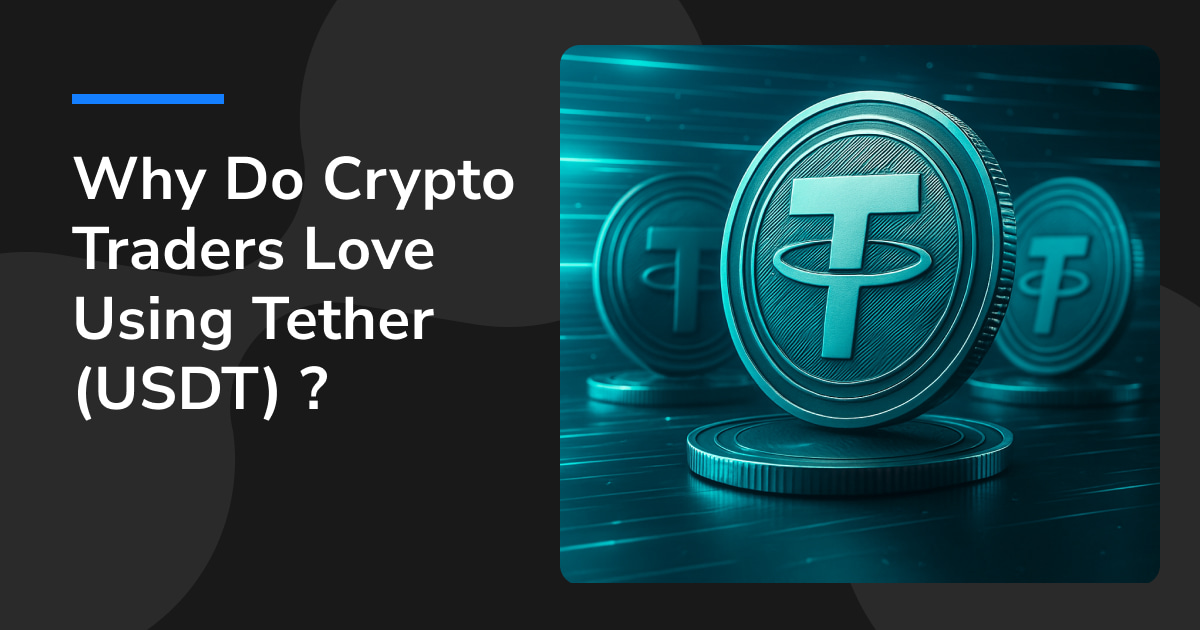USDT vs USDC vs FDUSD: 2025 Stablecoin Comparison & Risk Analysis

What is a Stablecoin?
A stablecoin is a type of cryptocurrency designed to maintain a stable value, typically pegged 1:1 to fiat currencies such as the U.S. dollar or euro, or to other low-volatility assets. Unlike volatile digital assets like Bitcoin or Ethereum, stablecoins are considered the “digital cash” or “digital dollar” of the crypto economy. They are widely used for trading, hedging, and transferring funds, with minimal price fluctuations even when idle.
The core mechanism of stablecoins is to maintain a 1:1 peg to the target asset either through collateralization (e.g., cash, government bonds, crypto assets) or algorithmic supply-demand adjustments. By 2025, the global stablecoin market cap has surpassed $250 billion, making stablecoins an essential part of the crypto ecosystem.
Three Main Functions of Stablecoins
1. Medium of exchange in digital asset markets
Stablecoins are commonly used as a trading intermediary in the crypto space — for example, swapping between different tokens or converting crypto to fiat. USDT alone accounts for over 60% of global crypto trading pairs.
2. Store of value and risk hedge
During periods of high market volatility, investors often convert funds into stablecoins to temporarily avoid risk.
3. Tool for cross-border payments and settlements
Stablecoins offer faster and more convenient cross-border payments compared to traditional banks. With major players like PayPal (PYUSD) entering the market, stablecoins are gradually becoming part of the global payment system and may complement traditional methods.
Types of Stablecoins and Their Risks
1. Fiat-Collateralized Stablecoins
Backed 100% by cash, government bonds, or other highly liquid assets. These stablecoins are considered the most price-stable with the lowest risk, examples include USDT, USDC, FDUSD, and PYUSD.
Risk: The main concerns are whether reserves truly exist, reserve transparency, issuer asset safety, and regulatory compliance.
2. Crypto-collateralized Stablecoin
Backed by crypto assets (e.g., ETH, BTC) and issued via smart contracts to maintain stability.
Risk: High price volatility of collateral assets. Sharp declines can lead to:
• Collateral ratio shortfalls triggering liquidation
• Mass liquidations causing further price drops in collateral
• Users unable to top up or repay in time due to volatility or rising gas fees
3. Algorithmic Stablecoin
These stablecoins rely on algorithms in smart contracts to regulate supply and demand without full fiat or crypto backing.
Risk: The “death spiral.” When prices dip below the peg (e.g., $0.98), mechanisms should reduce supply and restore the peg. But if confidence collapses, no one participates in arbitrage, and prices keep falling, leading to failure.
(Example: TerraUSD (UST) collapse)
Full Comparison of 6 Major Stablecoins
1. USDT (Tether)
Largest by market cap (~$158 billion), issued by Tether Ltd. Offers quarterly reserve reports but no full audit by major firms, leading to long-standing transparency concerns. Risks include unclear reserve composition and past regulatory fines for insufficient disclosures. Despite this, USDT remains the most widely used stablecoin thanks to liquidity and adoption.
2. USDC (USD Coin)
Market cap ~$62 billion, issued by Circle (a U.S.-listed firm) and backed by Coinbase. Known for transparency with monthly audited reserve reports; assets include cash and U.S. Treasuries. Compliant with U.S., EU (MiCA), Singapore regulations.
3. FDUSD (First Digital USD)
Market cap ~$1.46 billion, issued by licensed Hong Kong trust First Digital. Emphasizes regulatory compliance and publishes monthly reserve audits in line with Hong Kong’s upcoming stablecoin regime.
4. DAI
Market cap ~$3.6 billion, issued by MakerDAO. A crypto-collateralized stablecoin with on-chain collateral and smart contracts. Highly transparent; anyone can verify collateral ratios and liquidations on-chain.
5. PYUSD (PayPal USD)
Market cap ~$870 million, issued by Paxos and supported by PayPal. Transparent with monthly audits, regulated by NYDFS. Its integration into PayPal’s ecosystem gives it strong future potential.
6. TUSD (TrueUSD)
Market cap ~$500 million. Once highlighted on-chain reserve verification but transparency has declined recently. Now provides only monthly reserve audits.
💡 On-chain reserve real-time verification: Full recording of reserve status, balance, and flow on public blockchains.
Global Stablecoin Regulatory Trends
Hong Kong: First stablecoin licensing regime
In August 2025, Hong Kong’s Stablecoin Ordinance took effect, requiring issuers to be licensed, maintain 1:1 reserves, offer instant redemption, and not pay interest — establishing Hong Kong as a global stablecoin compliance hub.
EU: MiCA in force
The EU’s Markets in Crypto-Assets (MiCA) regulation, fully effective in 2025, mandates licensing, reserve transparency, and cross-border oversight. USDC became the first compliant stablecoin issuer.
U.S.: GENIUS Act passed
The 2025 GENIUS Act unified stablecoin standards — requiring 100% reserves, federal oversight, and permitting issuance by banks and trust companies.
Singapore: Single-currency stablecoin framework
MAS introduced capital and liquidity requirements, emphasizing reserve security and user protection.
🚀 Ready to get started? Register with ZONE Wallet today and invest with peace of mind!
[download-app]
ZONE Wallet
ZONE Wallet is a blockchain investment gateway designed for Taiwanese users.
It combines full regulatory compliance, cutting-edge security, and TWD transaction support, with a mission of making “every crypto transaction safe and secure.”
Start building your crypto portfolio with ease—today.
Investing in virtual assets carries risks related to price volatility and liquidity. The above content is for reference only and does not constitute any financial advice. Please carefully assess your financial situation before investing and be cautious of potential fraud.









